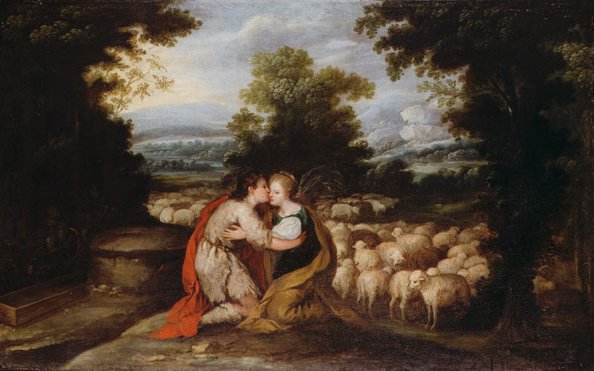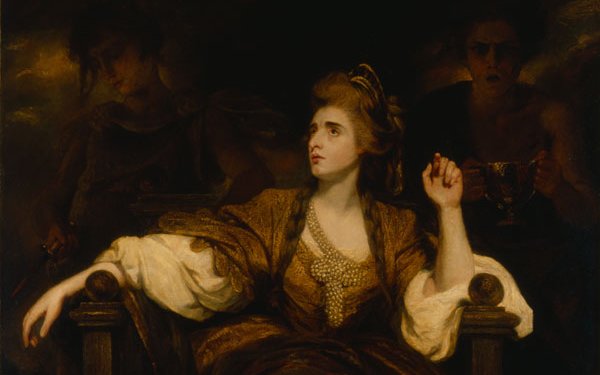Artist in Focus: Somaya Critchlow
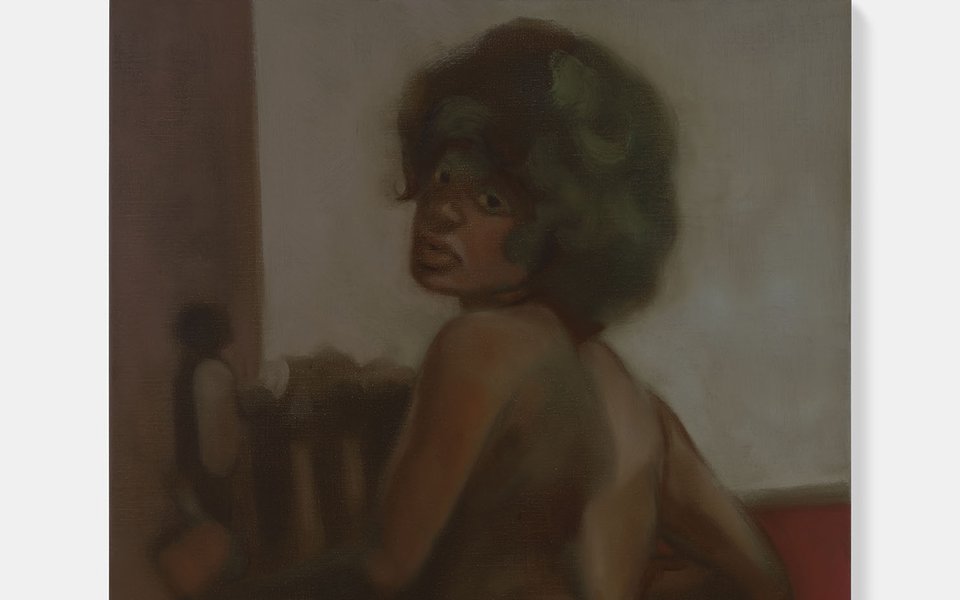
Tirzah Garwood (1908-1951) has often been referred to as the wife of Eric Ravilious before anything else. But did you know she was an excellent artist in her own right? Today she is celebrated as a model maker and painter, known for creating witty and surreal vignettes that draw from the home, countryside and fantasy. Find out more about the celebrated artist in our list of fascinating trivia below.
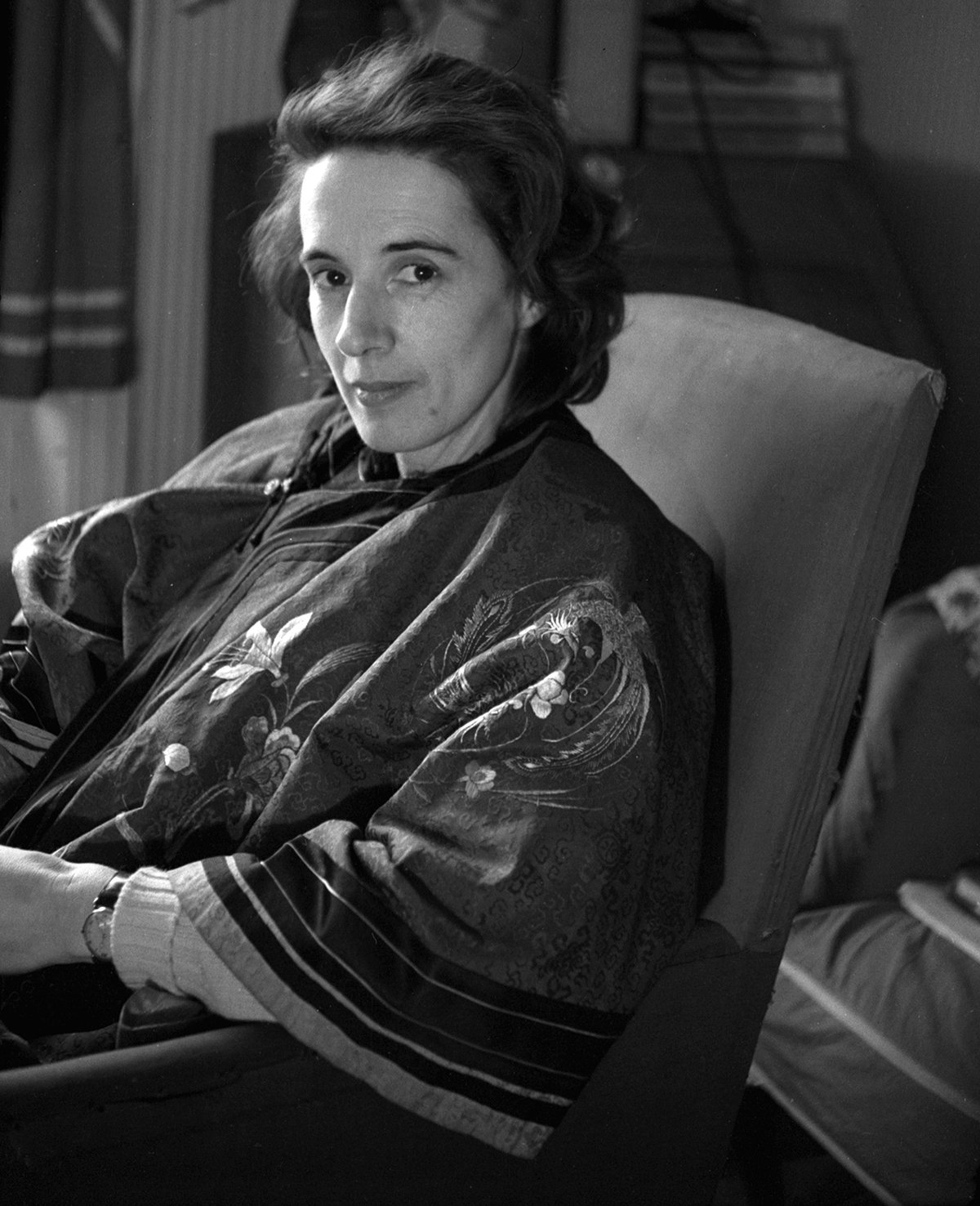
Tirzah’s full name was in fact Eileen Lucy ‘Tirzah’ Garwood. Often referred to as ‘Tertia’ or third child by her family, it was frequently misheard as ‘Tirzah’ by herself and her siblings. This soon stuck and remained with her for the rest of her life.
Whilst Garwood is respected as a standalone artist, it can’t be denied that Ravilious had a profound impact on her craft. In 1925 Garwood attended night school at the Eastbourne School of Art before eventually enrolling as a full time student where she was ‘most happy to draw and paint all day’. Ravilious was teaching at the school during this period and Garwood had started out as one of his students.
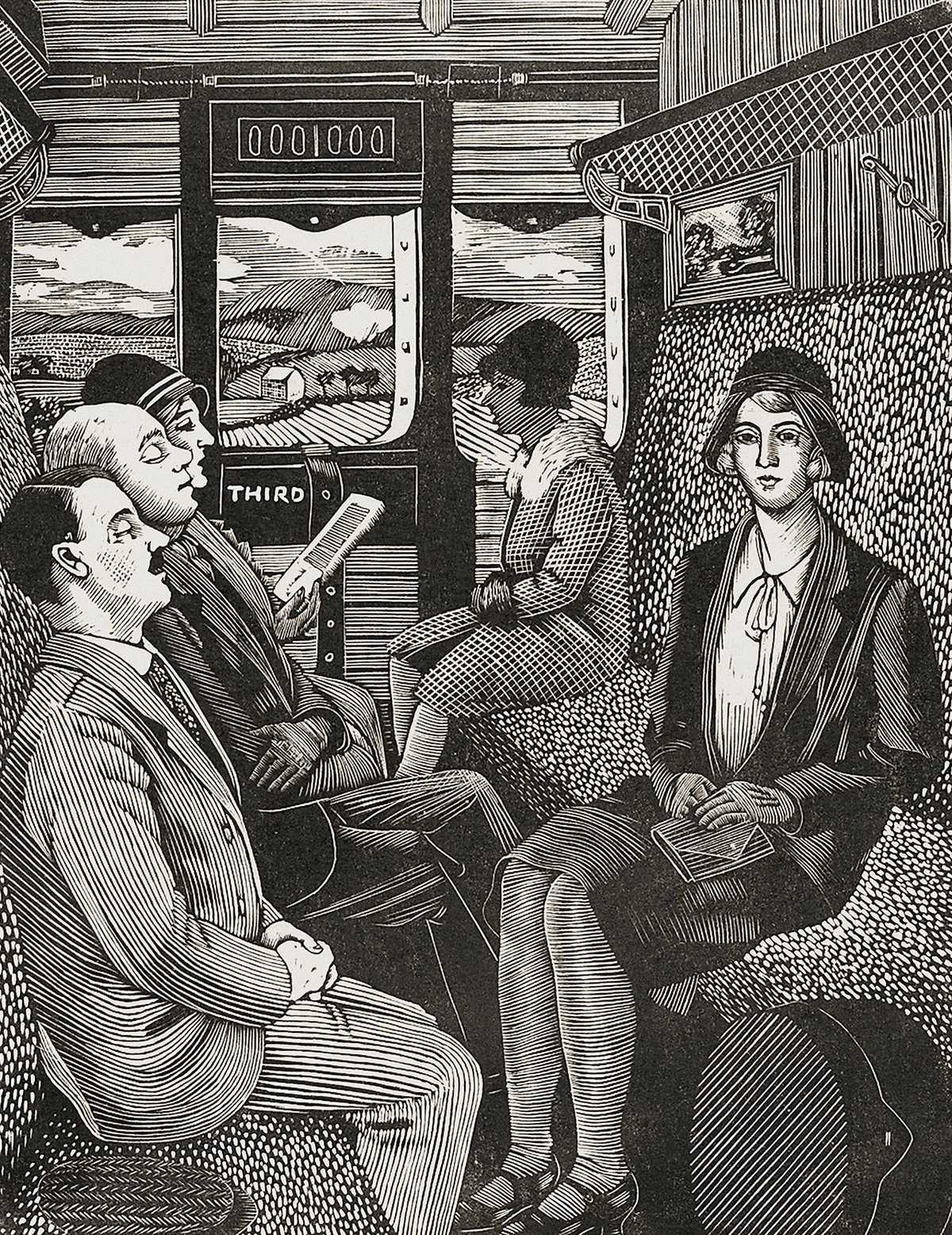
An artist with many talents, Garwood took like a duck to water to wood engraving. She produced over 40 satirical works that reflected upon her experience as a woman within the home. Whilst she frequently depicted contemporary domestic scenes, her work was littered with the wit and humour of the political cartoons of the period. Her marvellous body of wood engravings formed the precursor to the rest of her work, through sensitivity of mark making and unforgiving humour.
Garwood began experimenting with paper marbling alongside her dear friend Charlotte Bawden. She spent long summers in the Bawden's Great Bardfield home. In 1934 the pair started their own business creating marbled works to be used for lining books, lampshades and more. Their rising popularity saw their paper stocked by many design shops within London and beyond. Two of Garwood’s marbled works were even acquired by the Victoria and Albert Museum and remain in their collection today.
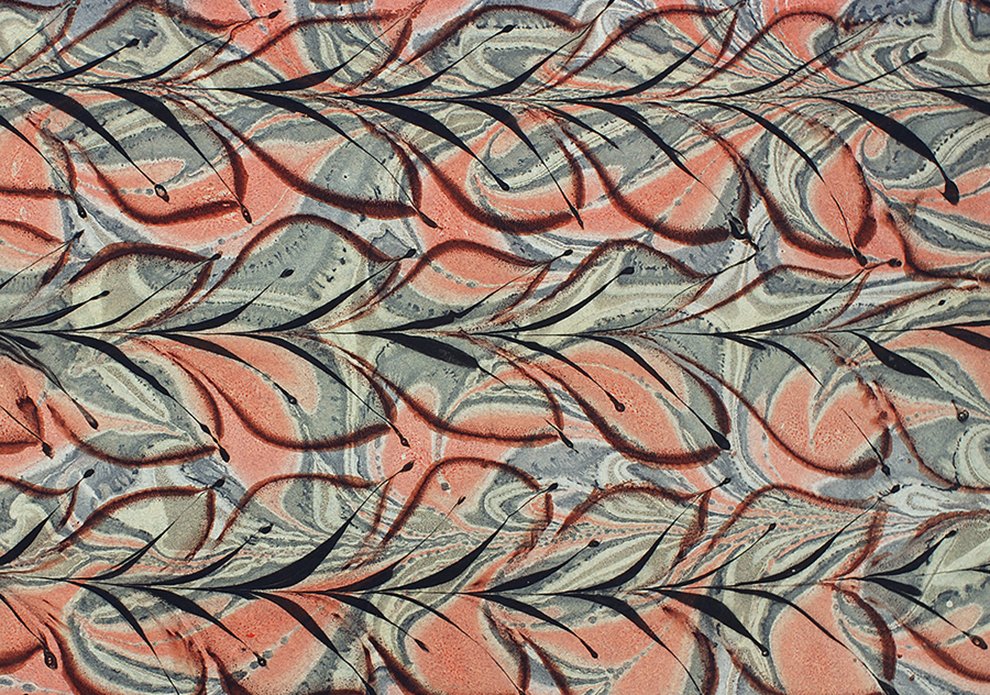
From a young age Garwood created work reminiscent of the fantastical and adventurous scenes of the Victorian illustrator Arthur Rackham. During her thirties Garwood turned to mixed media works, creating whimsical and magical dioramas of domestic and public settings. These included Pure Cream Ices (1945), Villa at Walton on Naze (1948) and Village Shop S. Mason (1945). Much like a doll’s house, these miniature buildings were complete with all the tiny frills and features of the real things. Her love for dolls houses even influenced the work of Ravilious, who modelled his famous Morley College mural, Lodging House (1929), on Garwood’s childhood treasure.
From the rolling hills and steam train of Etna (1944) to the gentle slopes and childlike rendering of The Cock (1944), Garwood’s work often took its cues from her countryside surroundings. Untitled (Vegetable Garden) (1933) is an example of Garwood’s ability to take to different mediums. The work is a delicate needlework image of a young girl tending to a vegetable patch, whilst Brick House Kitchen (1933) is a woodcut depicting a country kitchen filled with animals. Inspired by summer spent at Great Bardfield in Essex, to periods of respite at Peggy Angus' home, Furlongs in Sussex, Garwood’s varied works portrayed village scenes and undulating hills in paintings, woodcuts, mixed media landscapes and more.
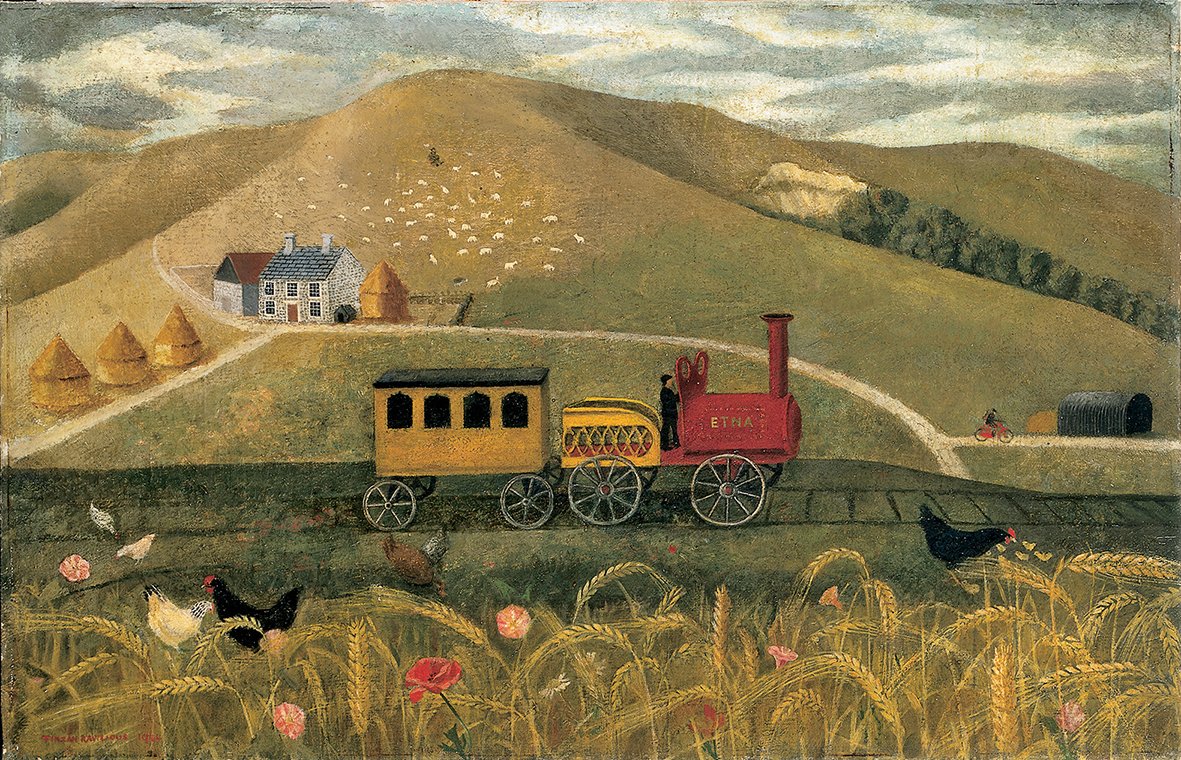
Garwood had originally struggled with giving up work. However, her paper marbling business flourished and saw her balancing entrepreneurship alongside her duties as a mother and wife, which was uncommon at the time. Whilst her husband was at war she continued to balance her career and exhibitions with raising her children, and carried on even after Ravilious was declared missing in action in 1942.
Alongside wood engraving, collage, marbling and more, Garwood was also an exceptional painter and took to the medium in 1944. She continued to paint right up until the final year of her life, where she produced no less than 20 painted works. Despite terminal breast cancer, Garwood’s autobiography recalls her final year as the happiest of her life. It was often spent painting natural scenes brimming with life and creativity that were as delightfully playful as her earlier works, but which held deeper meanings.
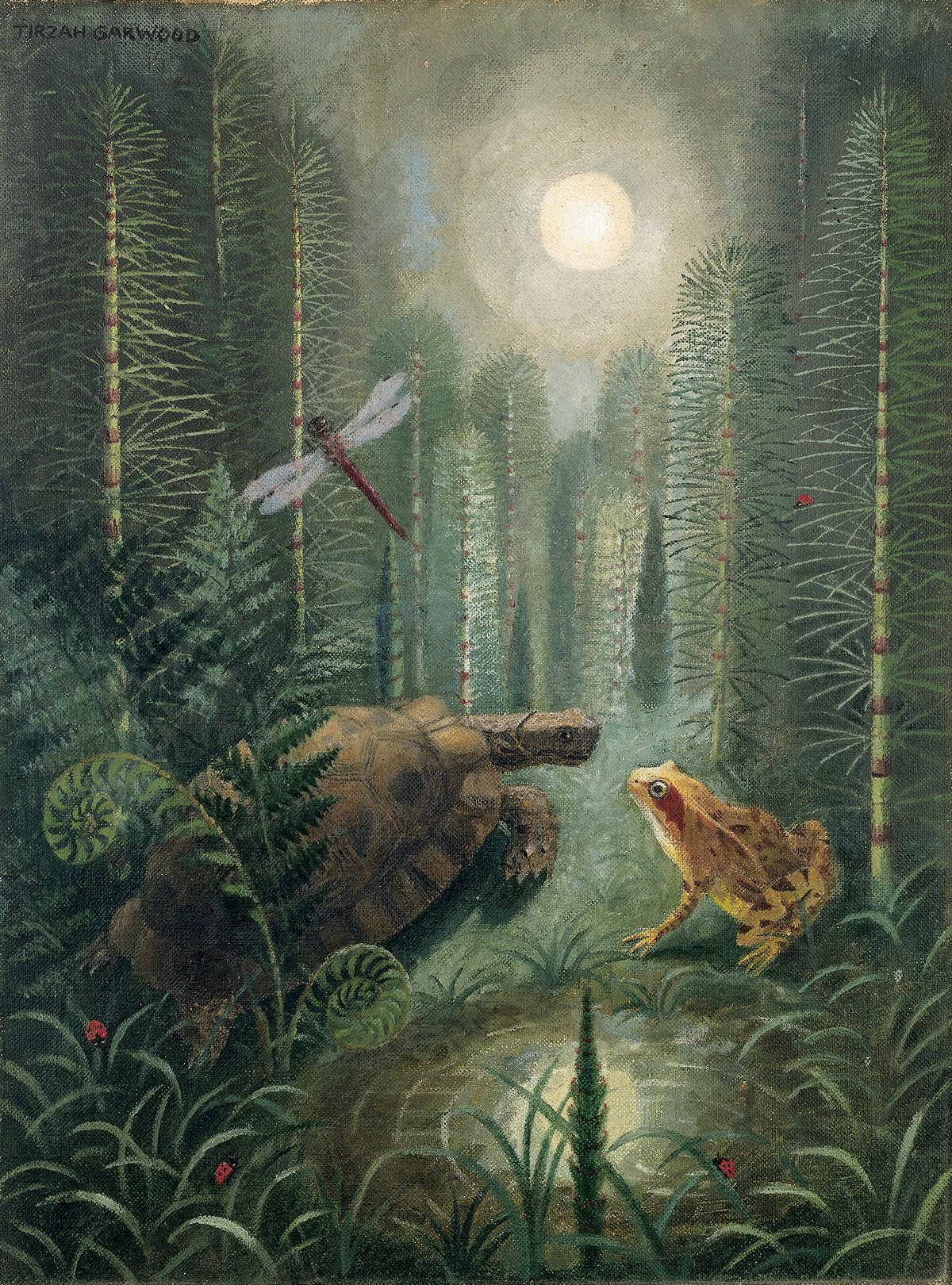
Garwood wrote a memoir during her convalescence after a mastectomy in 1942 which reflected back on a life spent as a successful artist from the South East of England. Published in 2012, Long Live Great Bardfield is full of enigmatic characters and gripping tales which formed the chapters of her colourful life.
Even though she was an incredibly successful paper marbler and existed within multiple artistic circles, many of Garwood’s artworks have not been seen until now. Tirzah Garwood: Beyond Ravilious at Dulwich Picture Gallery takes viewers on a journey through the artist’s life and practice. Charting her artistic journey from creating woodcut prints to paintings with a surrealist quality, this new show offers a glimpse of post-war Britain through the eyes of a multi-talented artist with a bewitching imagination.
Tirzah Garwood: Beyond Ravilious ran from November 2024 until May 2025.

